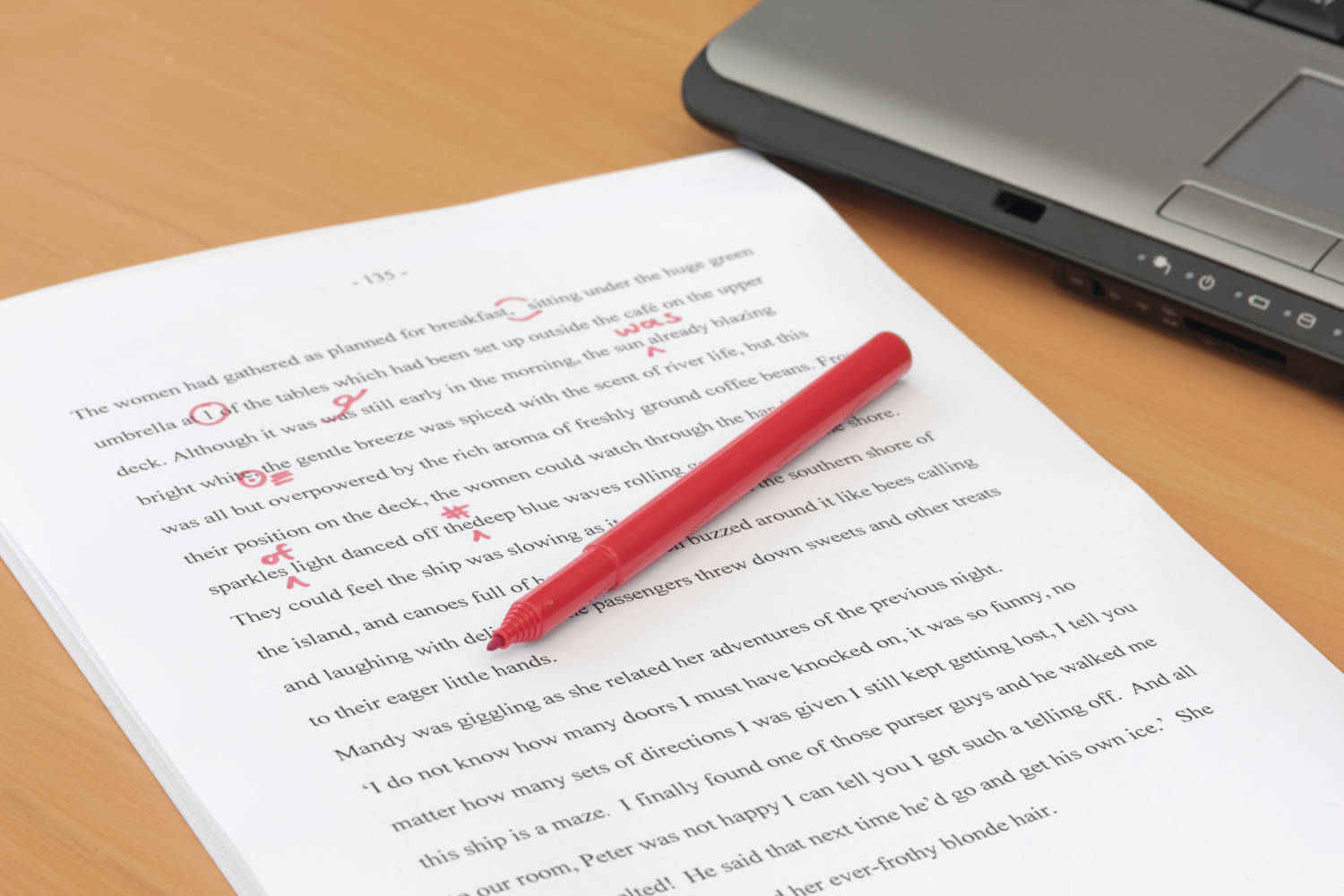Poynter has just launched a new course about avoiding plagiarism and fabrication, created by Geanne Belton in a collaboration with Baruch College. Thanks to the generous support of the Harnisch Foundation, this course is free of charge on Poynter’s online training platform, News University. Today’s Coffee Break Course is courtesy of this new teaching.
Plagiarism breaks the trust between a media organization and your audience, and it damages your own credibility. It can be easy to inadvertently misrepresent someone else’s work as your own. Here are some ways to avoid plagiarism in your work.
- Attribute the information. For any secondary source (a fact, a quote, etc.), give credit to the source, preferably with a link to the original material. This goes for photos, audio, video and graphics, too.
- How many words can you use? There’s no official “number” of words that turn what you use into plagiarism. It’s always better to attribute what you quote, no matter how long or short the citation is.
- Keep track of your work. In his Counter-Plagiarism Handbook, Craig Silverman recommends using separate files for background material and your writing. (Or even try different colors or fonts if everything is in one file.) And keep a list of your sources so you know where each piece of information originated.
- Use internet searches. Silverman also suggests using Google, Bing or another search engine to see whether a phrase you have written turns up somewhere else.
Taken from Avoiding Plagiarism and Fabrication, a self-directed course by Geanne Belton, Ruth S. Hochberger and Jane Kirtley at Poynter NewsU.
Have you missed a Coffee Break Course? Here’s our complete lineup. Or follow along on Twitter at #coffeebreakcourse.







